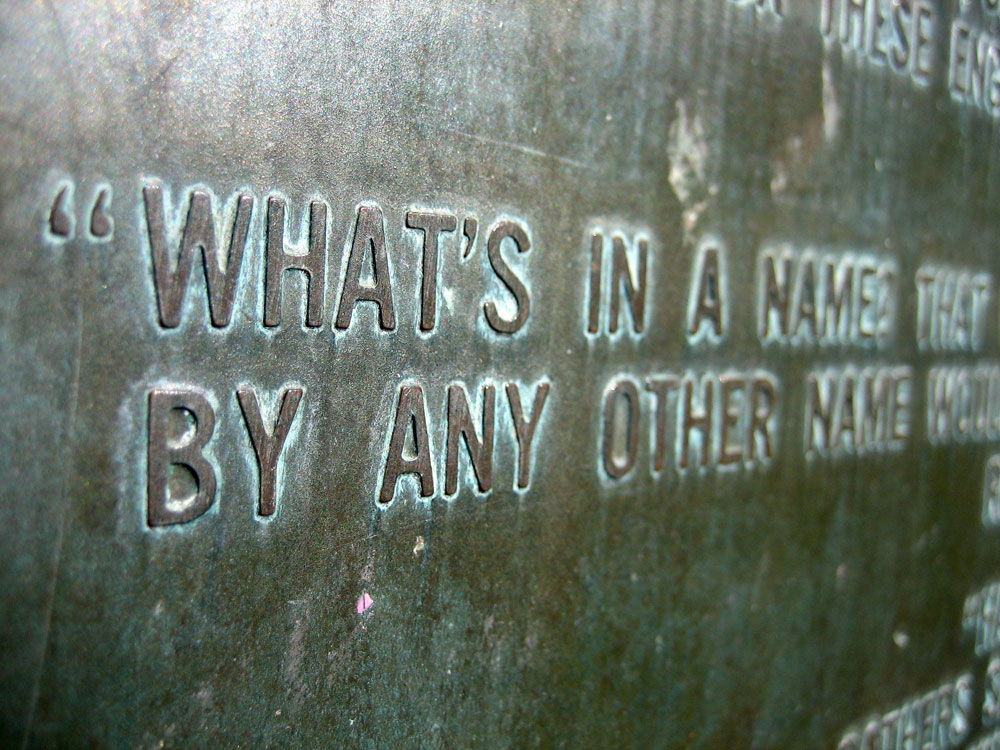
November 13, 2019; The Conversation
This past summer, the Louvre museum in Paris made international news when it literally scrubbed the Sackler name off of its walls, including at the entrance of a major museum wing, formerly known as the Sackler Wing of Oriental Antiquities. “All other references to the family donations,” NPQ added, “have been taped over; all references to the Sackler name have been deleted from the Louvre’s website.”
It was an unusual move, made easier by the fact that the Louvre had the foresight to include in the agreement in which it accepted the money from the Sackler family a limit that said it was only obliged to keep the Sackler name on its walls for 20 years.
Other institutions, like Yale University, had less foresight, so Yale’s financial ties with the Sackler Family have been severed, but the family name remains attached to institutes and endowed professorships, which is frankly not the best reputational “look” for Yale to have.
And it is not just the Sacklers. Presumably, the University of Missouri would prefer not to have an endowed chair of economics named after Kenneth Lay, the disgraced former Enron CEO, convicted on 19 counts of conspiracy and fraud. (His convictions were later vacated, due to his death six weeks after his conviction, which left him unable to appeal.)
There are even more extreme examples. The University of North Dakota has its campus hockey arena—“the Ralph”—named after Ralph Engelstad, a casino magnate who spent $110 million to build the venue and who also, it was revealed, hosted “Hitler birthday parties.”
Sign up for our free newsletters
Subscribe to NPQ's newsletters to have our top stories delivered directly to your inbox.
By signing up, you agree to our privacy policy and terms of use, and to receive messages from NPQ and our partners.
How can a university avoid the fate of a North Dakota or Missouri or Yale? Writing in The Conversation, Deni Elliott, a professor at the University of South Florida, St. Petersburg, and co-chief officer at the National Ethics Project, suggests that universities take a page out of the Louvre’s playbook and protect themselves ahead of time. (Of course, other nonprofits that offer naming rights, such as museums and hospitals, surely would do well to take similar action.)
As Elliott puts it, “In my view, schools need a method for dealing with donors who become dubious after a gift has been accepted. Even better, they need to create fundraising policies that set limits on what donations the school accepts and put procedures in place that protect schools and donors regardless of whether donors pass the smell test from the start.”
How to make this happen? Elliott offers a few pointers:
- First: involve your stakeholders. As Elliott puts it, “I believe that institutions of higher education should let students, faculty, staff and alumni help review or create new gift acceptance policies, rather than wait for their next donor-induced public relations crisis.”
- Second, beyond simply involving stakeholders, for universities, donor policy rules can be integrated into student education. Students, Elliott notes, often help tie institutions to their values, as students did at the University of Virginia, where student activism ultimately led the school administration to create a memorial for the 4,000-plus slaves that helped build the campus. “Bringing students into the discussion,” Elliott emphasizes, “is likely to result in policies and responses that are consistent with the school’s values and with the whole point of higher education.” Of course, with museums and hospitals too, a true co-creation of donor policies with local groups can likewise reinforce and make more meaningful community ties.
- Third, connect your donor policy to your mission. As Elliott points out, “Every US college and university, whether public or private, religious or secular, spells out its mission, visions, and values.” For example, Prescott College, a private liberal arts college in Arizona, which seeks “to educate students of diverse ages and backgrounds to understand, thrive in, and enhance our world community and environment” could insist that donors accept a limitation on naming rights giving the university the right to pull the name for moral turpitude, if that is later revealed.
Notably, similar language is common in faculty contracts; for instance, Syracuse University in its policies makes clear that “tenure is not synonymous with a life appointment. Serious disregard of duties, incompetence, or moral turpitude on the part of the individual, or bona fide financial exigency on the part of the institution constitutes grounds for separation.”
Some US institutions have, like the Louvre in France, written their donor policies in the manner Elliott advocates. Elliott calls the gift acceptance policy of Catholic University of America “a good model.” The policy, Elliott explains, “tells donors their naming rights may be revoked if the school ‘determines that its association with the donor will materially damage the reputation of the University.’” Elliott adds that Carnegie Mellon University has adopted similar language.
NPQ has written often on the importance of preserving nonprofit organizational reputation. Once a reputation is damaged, it can be difficult to repair. As Elliott points out, “Whether intended or not, the choices university presidents and other campus leaders make, or fail to make, speak to their school’s character and integrity.”—Steve Dubb













